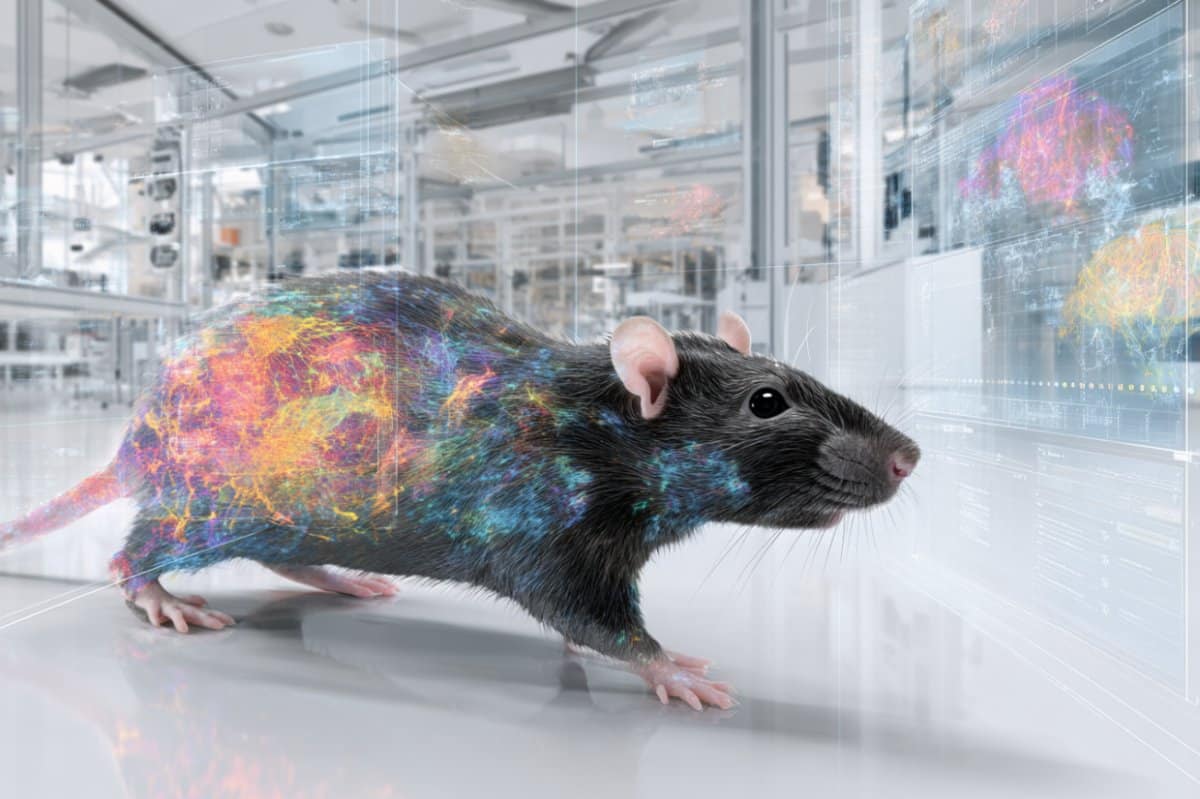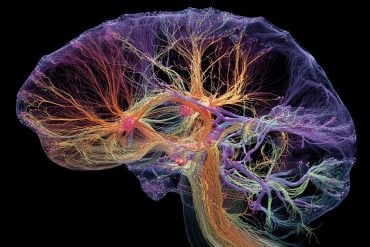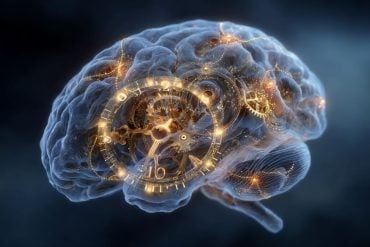Summary: A new study reveals that the brain’s basal ganglia use two distinct neural “languages” to control movement — one for learned skills and another for innate behaviors. Studying rats, researchers found that the dorsolateral striatum was essential for learned tasks but not for natural movements like walking or grooming.
Neural recordings showed completely different electrical activity patterns depending on the type of movement, suggesting the basal ganglia can switch between active control and passive observation. These findings may offer fresh insight into disorders like Parkinson’s, where faulty signals from the basal ganglia disrupt motor control.
Key Facts
- Dual Coding: Basal ganglia use distinct neural codes for learned versus innate movements.
- Essential for Learning: Damage to the dorsolateral striatum impairs learned skills but spares natural behaviors.
- Disease Insight: Findings may help explain how abnormal basal ganglia signaling contributes to movement disorders.
Source: Harvard
Among the many wonders of the brain is its ability to master learned movements—a dance step, piano sonata, or tying our shoes—acquired through trial-and-error practice.
For decades, neuroscientists have known that these tasks require a cluster of brain areas known as the basal ganglia.

According to a new study led by Harvard researchers in Nature Neuroscience, this so-called “learning machine” speaks in two different codes—one for recently-acquired learned movements and another for innate “natural” behaviors. These surprising findings from lab rats may shed light on human movement disorders such as Parkinson’s Disease.
“When we compared the codes across these two behavioral domains, we found that they were very different,” said Bence Ölveczky, Professor of Organismic and Evolutionary Biology (OEB).
“They had nothing to do with each other. They were both faithfully reflecting the animal’s movements, but the language was profoundly different.”
Located in the midbrain below the cerebral cortex, the basal ganglia are involved in reward, emotion, and motor control. This region also is the site of some of our most infamous movement disorders: Parkinson’s Disease, Huntington Disease, and Tourette Syndrome all arise from different defects of the basal ganglia.
Although it has long been known that the basal ganglia play a central role in motor control among mammals, it remains unclear whether this part of the brain directs all movements or just those for specialized tasks.
Some researchers posit that it acts as a learning locus for movements acquired through practice, but not other routine behaviors. Other scholars argue that it plays a role in all movements.
To shed light on this mystery, the researchers scrutinized one particular part of the basal ganglia in rats—the dorsolateral striatum (DLS), which plays a role in learned behaviors.
The team studied rats during two different activities: free exploration and a learned task in which they were trained to press a lever twice within a specific time interval to obtain a reward. To track their movements, the team used a system of six cameras around the enclosure plus a software system that categorized behaviors.
In earlier studies, the team removed the DLS of rats, who afterwards showed no differences in free exploration, demonstrating that the DLS played no role in natural behaviors such as walking or grooming. But the same animals were profoundly impaired when performing learned tasks, revealing that the DLS was essential for the newly-acquired skills.
“There was a massive change, like night and day,” Kiah Hardcastle, a postdoctoral fellow in the Ölveczky lab and lead author of the new study, said of the prior work. “The animal could do a task super well, performing a stereotyped movement repeatedly, like 30,000 times. Then you lesion the DLS and they never do that movement again.”
In the new study, the investigators sought to understand the neural activity during these behaviors, implanting tiny electrodes into the brains of rats and recording the electrical firing of neurons as they engaged in free exploration and the learned task.
To their surprise, they discovered the basal ganglia used two distinct “kinematic codes”—or patterns of neuronal electrical activity—during the learned task and natural movements.
“It’s as if the basal ganglia ‘speak’ different languages when the animal performs learned versus innate movements,” said Ölveczky. “Brain areas downstream that control movement only know one of these languages—the one spoken during learned behaviors.”
The researchers concluded in the paper that the basal ganglia switch back and forth “between being an essential actor and a mere observer.”
Hardcastle speculated that the basal ganglia may be unable to completely turn off electrical signaling when not directing behavior so it shifts to a harmless “null code.”
Ölveczky said the findings may well be informative about humans because the structures below the cerebral cortex are believed to have remained largely conserved through evolutionary time.
He believes the study demonstrates that the basal ganglia play essential roles in learned movements— but not necessarily in routine motor control. He also thinks the findings offer hints about what may go wrong in some human movement disorders.
“Our research suggests that the pathology associated with Parkinson’s can be understood as the diseased basal ganglia speaking gibberish, but in a very loud and forceful way,” said Ölveczky. “Thus, it inserts itself, in a nonsensical way, into behaviors it would otherwise not control.”
About this neuroscience research news
Author: Kermit Pattison
Source: Harvard
Contact: Kermit Pattison – Harvard
Image: The image is credited to Neuroscience News
Original Research: Open access.
“Differential kinematic coding in sensorimotor striatum across behavioral domains reflects different contributions to movement” by Kiah Hardcastle et al. Nature Neuroscience
Abstract
Differential kinematic coding in sensorimotor striatum across behavioral domains reflects different contributions to movement
The sensorimotor arm of the basal ganglia is a major part of the mammalian motor control network, yet whether it supports all movements or is specialized for task-oriented behaviors remains unclear.
To examine this, we probed the contributions of the rat sensorimotor striatum (dorsolateral striatum (DLS)) in two behavioral domains: free exploration, in which naturalistic behaviors are expressed, and during a motor task.
In contrast to prior work, which showed the DLS being essential for generating task-specific learned movements, DLS lesions had no effect on naturalistic behaviors like rearing, grooming or walking.
To explore the neural basis of this functional dissociation, we compared DLS activity across the two domains. Although neural activity reflected movement kinematics in both, the kinematic codes differed starkly.
These findings suggest that sensorimotor basal ganglia are not essential parts of mammalian motor control but, rather, shift their output into a motor-potent space to shape task-specific behaviors.






